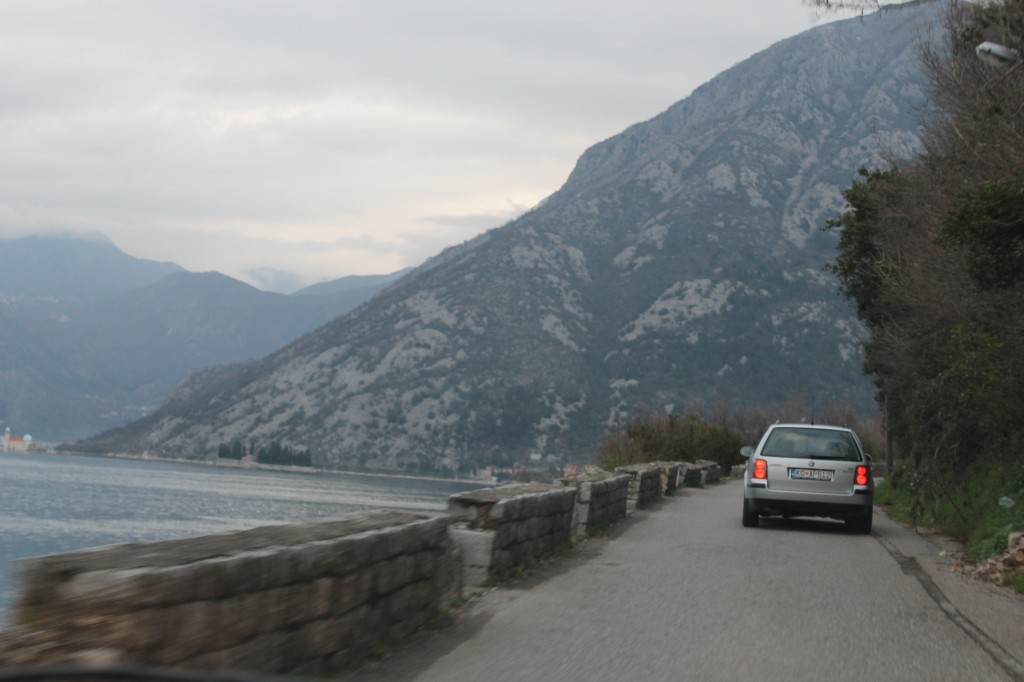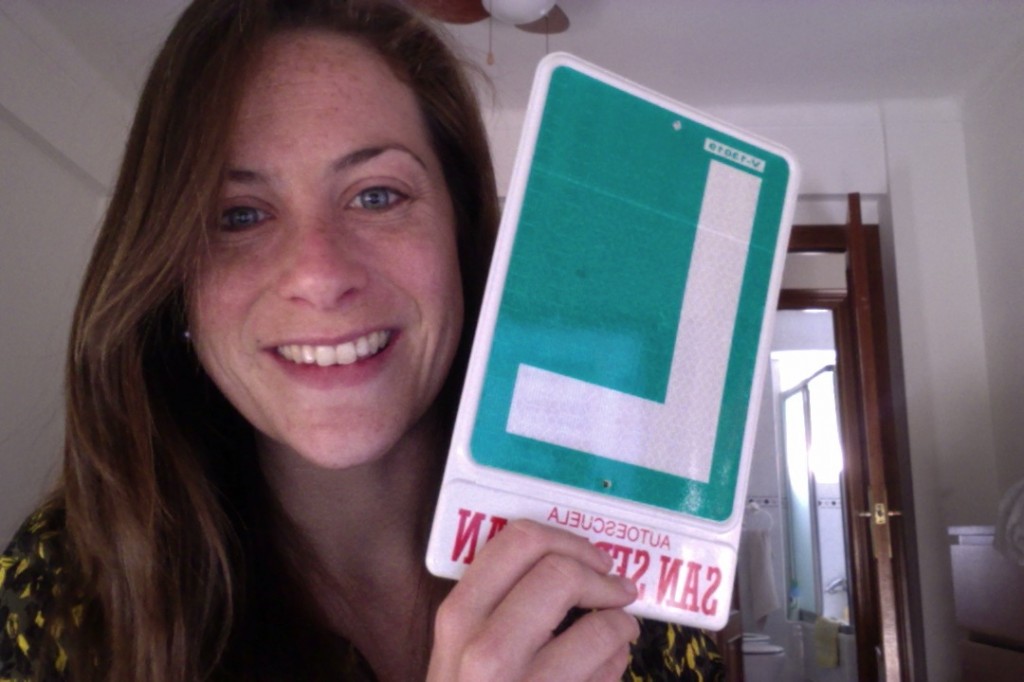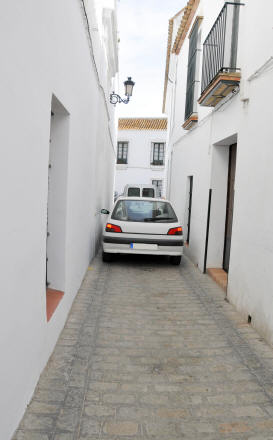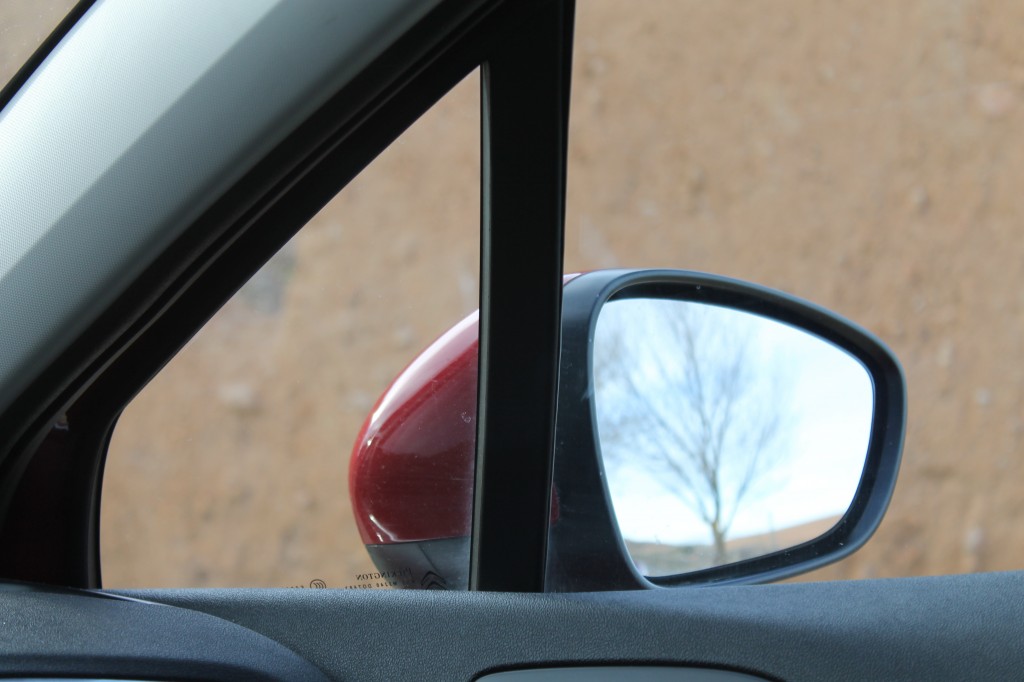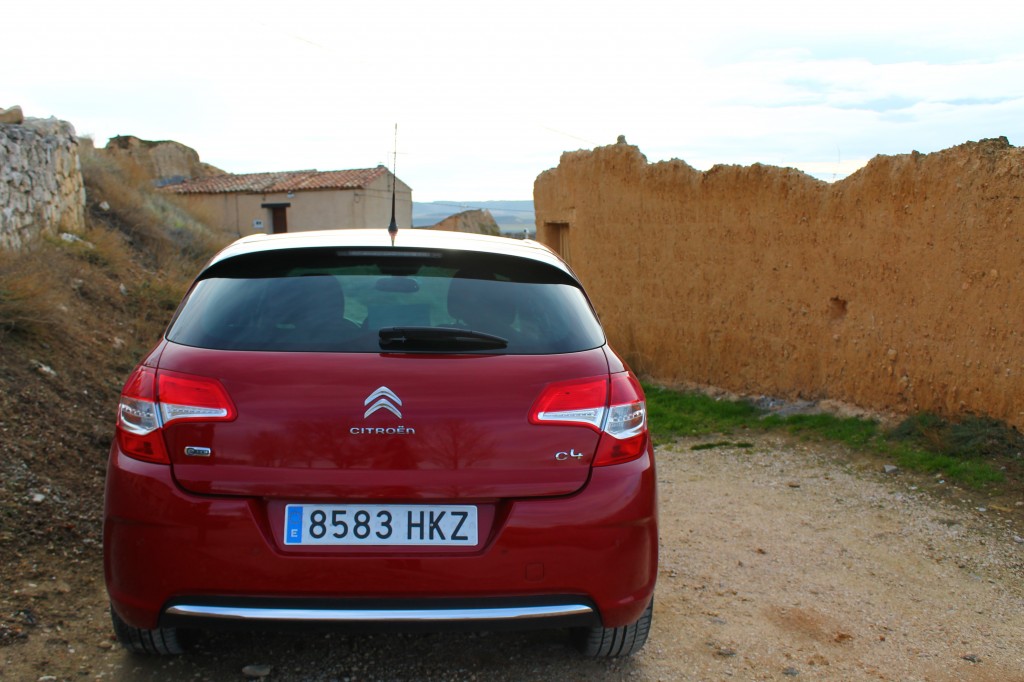Miss the first part of how I fought bureaucracy and came out semi-victorious? Read Part One of On the Road Again here.
Miguel dangled the car keys to his Auris in front of me. Vamanoh, he said, inclining his head in the direction of the car.
I got in, doing the mental check I’d been taught to do in the car years ago: adjust the seat, adjust the mirrors, put on my seatbelt. Miguel got in and asked me to turn on the car. Easy enough, I thought, but the car roared forward as soon as I took my foot off of the clutch. Cuidaaaaaado, Miguel cooed, busy whatsapping.
After passing the driving theory exam, I’d have to do a few classes to learn stick shift and prepare for the practical exam. Miguel told me the median amount of classes he gives per student was 30; he gave me a limit of seven. Gulp.
I drove stick once when I was 17, an exchange for convincing my mom to give my teacher, a high school friend, a horseback-riding lesson. Being a visual person, Kike had drawn me a motor and explained how the gears worked to propel a car and control his speed. Still, I wasn’t prepared to actually get behind the wheel without so much as an instruction about when to ease off the clutch and brake. Cue my 15-year-old self, nervous and convinced I’d crash into the first tree that crossed my vision.
There are two words for the verb drive in Spanish – conducir, which refers to actually steering the car and controlling the pedals, and circular, which is used for obeying signage and giving way when necessary.
Miguel steered me towards Dos Hermanas to practice highway driving while I experimented with the gear speeds and got used to the car. I was immediately relieved that I was already ahead of the learning curve and knew how to circular, so I could concentrate on what my feet and right hand were doing.
Every morning at 11:15 a.m., I became Miguel’s chauffer, taking him to drop off paperwork at the DGT or test center, picking up other students and even driving my father-in-law to the doctor’s office, just like I did when I was 15 with my own dad. I began to feel more and more comfortable behind the wheel and remembered just how much I love driving. I learned on the fly that I’d need to be in second to enter a rotunda, that right turns on red are illegal and reason to fail the practical exam, and that it was in my best interest to not speak Spanish too well.
The day before I was slated to take my practical exam, Miguel explained to my driving partner, B, what to expect. We’d be asked first to show the examiner the insurance and circulation permission, turn the lights on and off, and open the hood to point out the different parts of the mechanics. The driver then gets ten minutes to drive “de forma autónoma” or by themselves, after which the examiner would steer him through different situations, asking him to parallel park (man was I thankful I’d finally mastered that) and safely exit the car.
The driver is allowed up to ten small mistakes and automatically fails if the driving instructor, who sits in the front seat, has to slam on the brakes.
I slept horribly the night before the exam, trying to map out possible routes in my head where I knew the signage and circulation rules, careful not to pass near a school, lest any kiddies dart out between cars. What’s more, I’d freaked out the day before when I made one mistake, which led to a whole string of them. As a former gymnast, it was like falling off the beam on a mount and falling ten more times.
Rainstorms were on the forecast for that Tuesday morning, but I was convinced this would work to my advantage. Miguel picked me and another student up and took us to the testing center to wait our turn. Waiting is something that I can’t stand about Spain, and it added to the nervous feeling in my stomach when I saw the amount of cars in the lot, all waiting for the examiners to point to them and strap into the car.
When I did my driving test at age 16, my dad forced me to drive four times the minimum amount of practice hours. I arrived to the DMV to a stern-faced examiner who announced she was getting a divorce and then failed me. The last thing I wanted was to have history repeat itself.
B went first. I could tell she was nervous as she pulled out the insurance papers and tried to turn on the lights, but got the wipers instead. The examiner, named Jesús (talk about final judgment), scribbled on a piece of paper and I prayed to Saint Christopher, patron saint of motorists, that Blanca would calm down and pass the exam.
Within five minutes of leaving the testing site and driving towards Dos Hermanas, she had been failed. It was then my turn, and I was actually glad I was in an area I didn’t know – I didn’t feel over-confident. All of the flubs I’d committed the day before didn’t even creep into my conscience as I navigated around curves roundabouts and yield signs. Jesus told me he wasn’t surprised that I drove well because of my experience, and I relaxed and started to enjoy the sound of the rain outside of the car and the swish of the wipers. When we pulled into the testing facility again, Jesus didn’t ask me to show him anything under the hood, instead having me sign a waiver and promising to have my name changed on the paperwork as soon as possible (it took several days, clearly).
I got out of the car and whispered to Miguel, “¿Me ha aprobado?” He eagerly nodded his head and I began the barrage of calls to announce the good news.
For all of the horror stories I’d heard about driving exams in Spain, I was surprised at my good fortune in passing both tests quickly. I’ve even bought my brother-in-law’s old car, a Peugeot 307, and can’t wait to be back on the open road again. And see that lovely green L? I’ll have that in my car until March 2014!
Have you ever considered taking the EU driving exam? Were you successful? Have more questions? Direct yourself to my sister page, COMO Consulting Spain for all things Spanish-red-tape!
